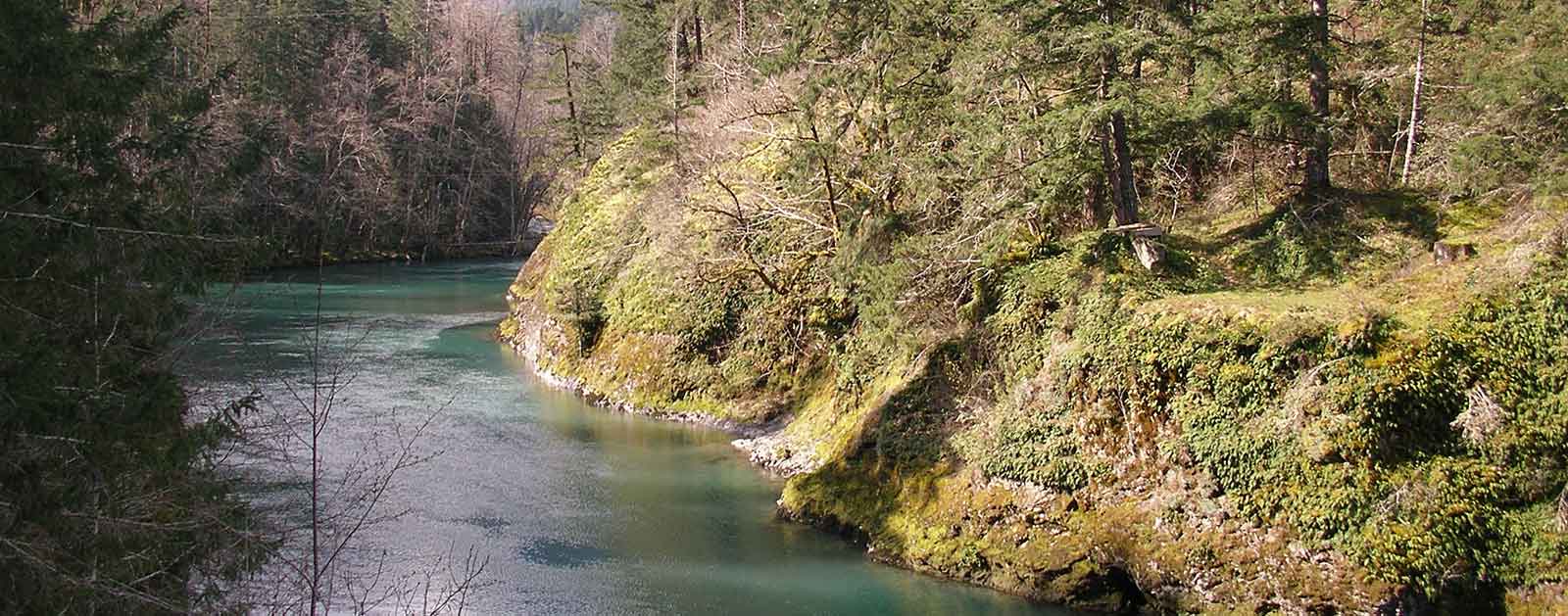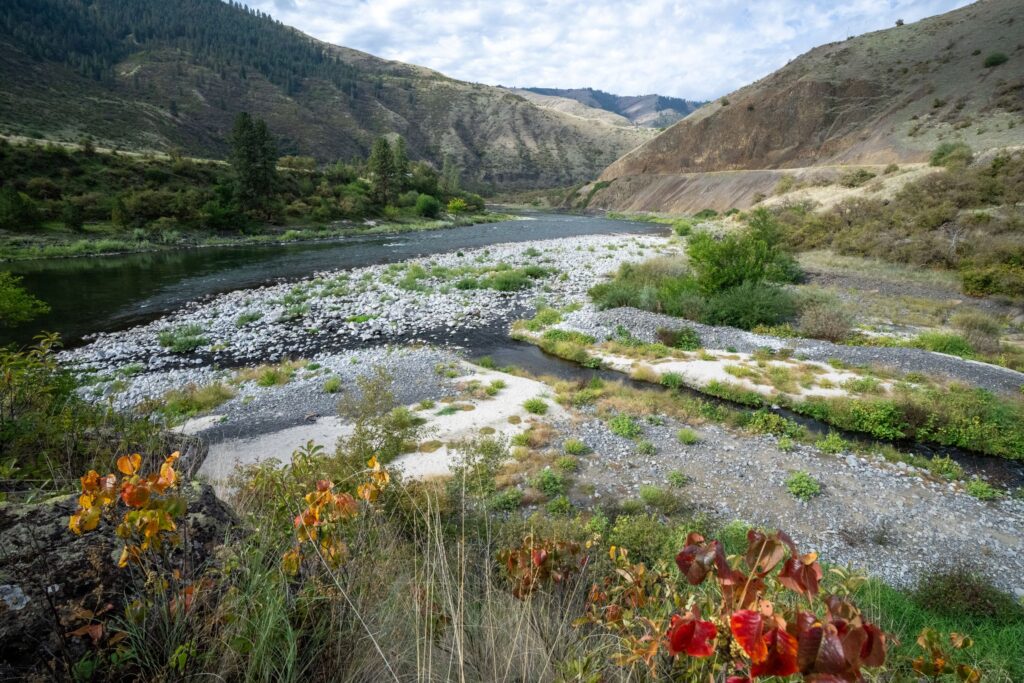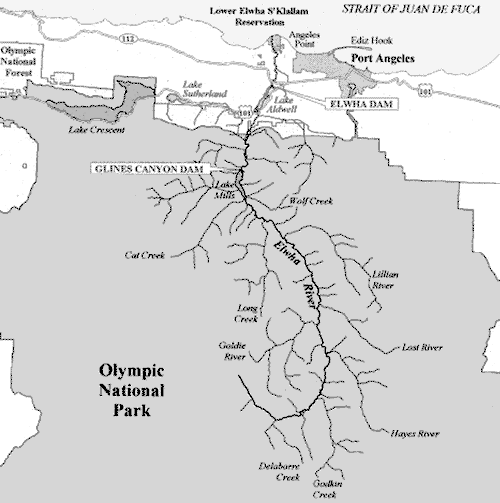Elwha River
(Re)Born to be wild

The Elwha River is the site of one of our country’s most significant and successful dam removal and river restoration projects.
Flowing from the heart of Washington’s Olympic National Park, a visit to the Elwha River feels sacred. The creation story of the Lower Elwha Klallam people originates in the river’s fertile valley, just east of Mt. Olympus.
“The Elwha provides the most high-profile proof that dam removal works,” says Tom Kiernan, President and CEO of American Rivers. “On the Elwha, we are witnessing on a grand scale that rivers can come back to life if we just give them a chance.”
Since August 26, 2014, the Elwha has run free to the Salish Sea, claiming title to the second largest dam removal project in national history. Decades of advocacy by the Lower Elwha Klallam Tribe led to the removal of the river’s two dams.
American Rivers supported the effort, advocating for dam removal for more than 25 years, and intervening in the 1980s to challenge the dams’ relicensing in a national park. We also helped push for 1992 legislation that authorized dam removal
Did You know?
Elwha is a Native American word meaning “elk,” which winter in the valley.
The 210-foot Glines Canyon Dam is the tallest dam ever removed in the world.
The Olympic Peninsula, just west of Seattle, is the wettest place in the continental US, creating a dense concentration of rivers.
What states does the river cross?
Washington
other resources
Check out these other resources to learn more about the river:
Restoration
Ecological results have been astounding. Salmon runs at one time estimated at 400,000 fish annually are on track to surpass that number within the next 30 years. Bears, cougars, bobcats, mink, otter, and other wildlife sustained by the renewed food source have increased in abundance. Native plants are reclaiming riverbanks and silt and sand are moving downstream to rebuild the beach at the river’s mouth. It’s a living case study in the recovery and restoration of a wild river.

Let's stay in touch!
We’re hard at work in the Pacific Northwest for rivers and clean water. Sign up to get the most important news affecting your water and rivers delivered right to your inbox.
The Backstory
The Elwha Dam stood 108 feet tall when it was built in 1913 just five miles from the river’s mouth. It completely blocked robust runs of five different species of Pacific salmon from their native spawning habitat, stressing the ecosystem and obliterating tribal sustenance fishing. The 210-foot Glines Canyon Dam, built 14 years later, further obstructed the river and fish passage in what is now Olympic National Park.
Following decades of advocacy, removal of the two dams began in September 2011, and with a final blast to the Glines Canyon Dam in August 2014, the Elwha was restored as a free-flowing river.
The Future
The Elwha is a story of a river returning to life. From its 6,000-foot headwaters in Olympic National Park to its mouth at the Strait of Juan de Fuca, the river once again flows freely from source to sea, with the rare benefit of being almost completely protected by park boundaries. Revegetation efforts throughout the formerly flooded valleys are ongoing, with park botanists and volunteers planting more than 400,000 native plants in the newly exposed sediment. What happens next, however, is up to Mother Nature.

